Honda’s D-series engines have never really gotten the respect they deserve. Even the slightly more performance-oriented SOHC VTEC D16Z6 and D16Y8 engines are usually overlooked in favor of B and K-series swaps.
However, if you’re looking for a cheap, reliable, and somewhat tunable engine, the modular D-series is worth considering.
Installing a turbo or supercharger is the cheapest and easiest way to extract lots of power from the humble SOHC unit, not everyone wants to go down that route.
If you’re on a budget and just want to build a fun everyday car, it’s possible to start with one of the lesser non-VTEC D-series units and do what Honda enthusiasts refer to as a Mini-Me swap.
In this article, we’ll take a closer look at Mini-Me swaps, what they are, which parts are needed, and how much power you can expect from one of these budget engine builds.
Which Cars Can Be Mini-Me Swapped?
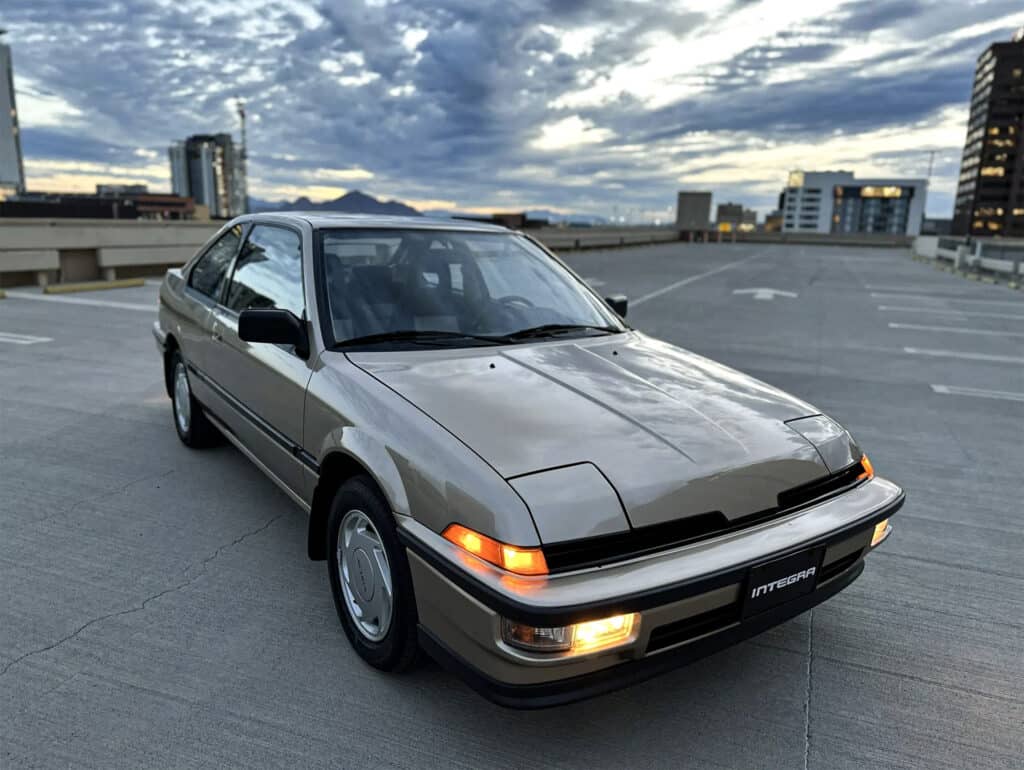
The D-series engine can be found under the hood of a variety of Honda’s compact models, most notably the Honda Civic, CRX, Del Sol, and the 1st-gen Integra.
Seeing as these motors were in production from 1984 to 2005 and sold worldwide, there’s certainly no shortage of spare parts and engines.
The D-series lineup includes motors with displacement ranging from 1.2L to 1.7L and features both SOHC and DOHC units.
However, the SOHC units from 1988 to 2000 are the ones we’ll focus on since they’re typically the go-to for Mini-Me swaps.
A Mini-Me build basically means that you’ll fit the SOHC VTEC head from an 88-00 Honda D-series on a non-VTEC block.
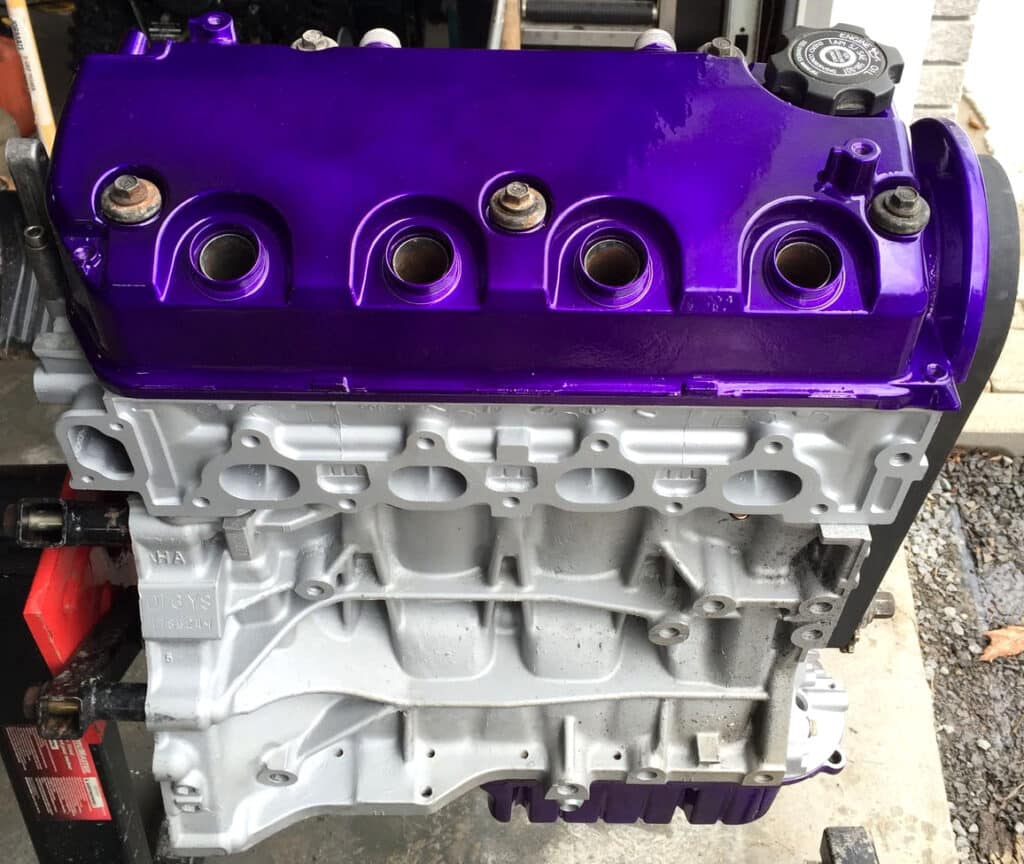
While there are various VTEC D-series heads available, there are only two that are used for a Mini-Me swap:
Other D-series VTEC heads are made for economy and low emissions, so they’re not suited for performance builds.
These heads can be fitted on most D-series blocks, with a few notable exceptions, such as the 8-valve units and the D16A1 fitted to the 1986-1989 Integra.
Other than those, any Honda that came with an SOHC D-series unit can be Mini-Me swapped.
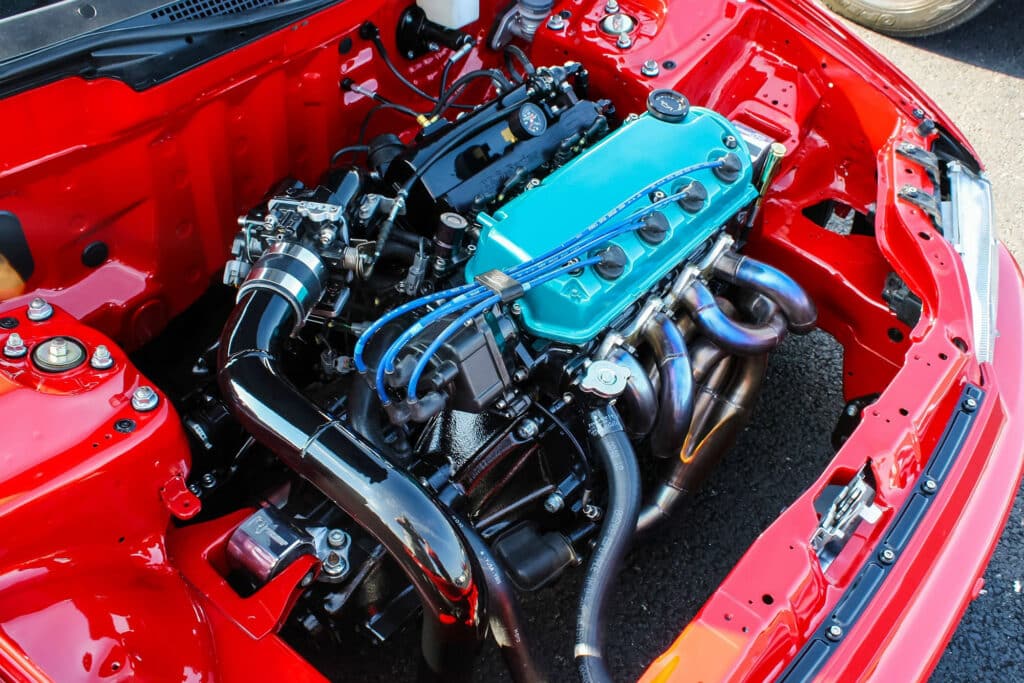
For example, let’s say you want to do a D16Y7 VTEC head swap, as the D16Y7 engine doesn’t have VTEC from the factory. You can either do a D16Y7 to D16Y8 head swap, or a Z6 head on the Y7 block.
There are some minor differences between the two heads, but the result is practically the same.
How to Do a Mini-Me Swap
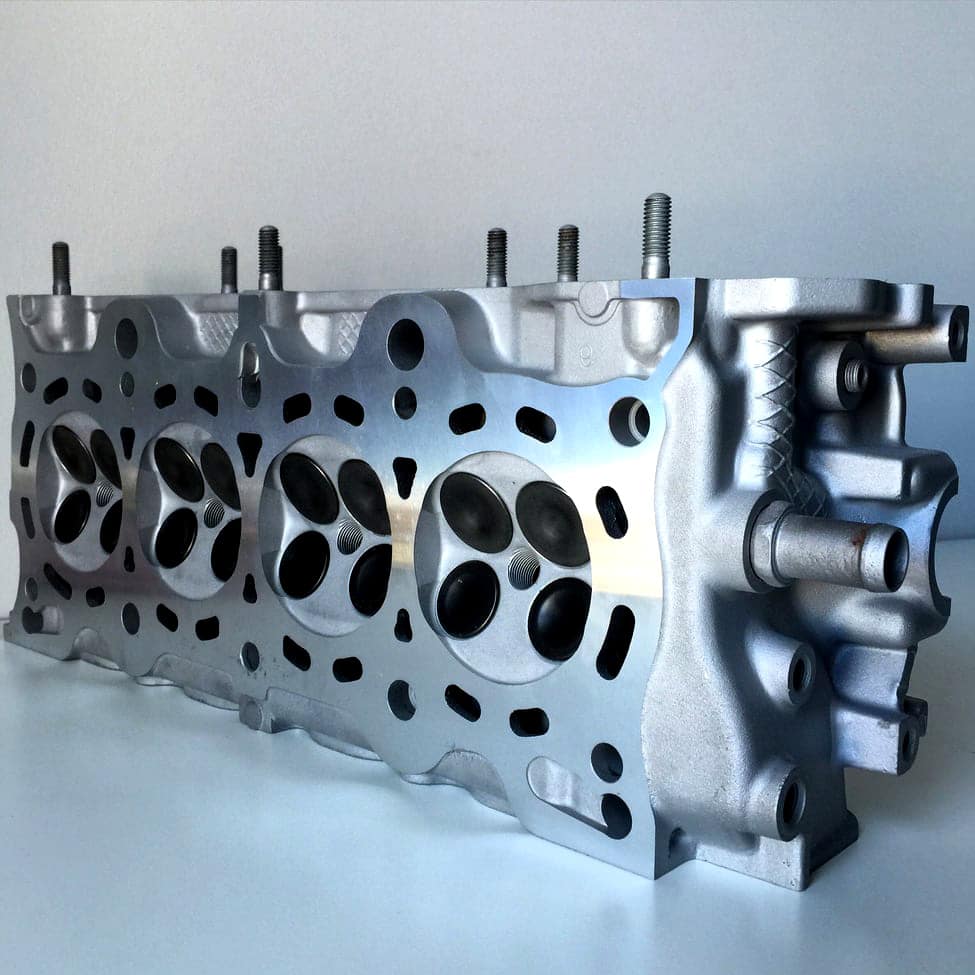
Doing a Mini-Me swap isn’t particularly complicated. If you manage to fit aftermarket bolt-on parts yourself, you can probably do this. In fact, it’s practically a bolt-on job as well.
First, you need to gather all the required parts:
- D16 engine block — if your has a D-series motor under the hood, then you have this already
- D16Z6 or D16Y8 SOHC VTEC head
- Z6 or Y8 head gasket
- Timing belt — should be compatible with the head you’re using
- Z6 or Y8 spark plug wires
- ECU from a SOHC VTEC model
- D16Y8 intake manifold and throttle body
- New OEM water pump kit
- Honda repair/service manual
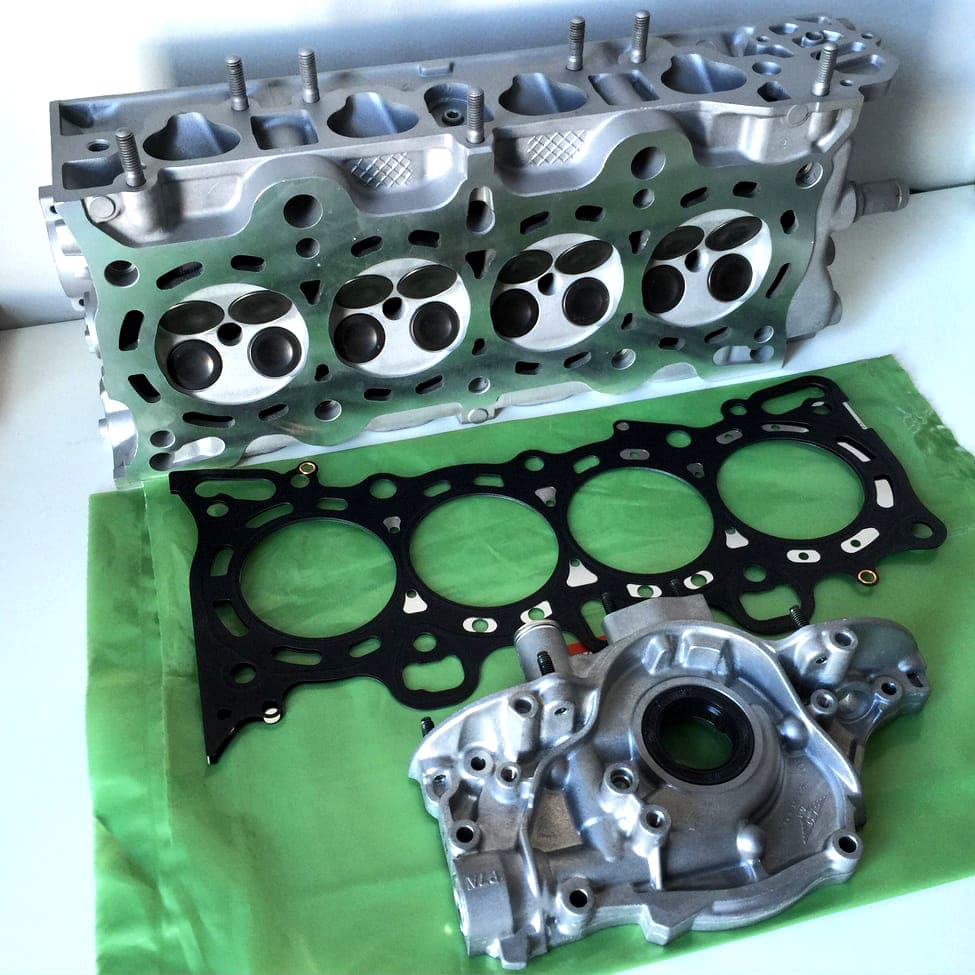
In addition, if you want a built D-series motor, you should consider installing the aftermarket performance parts when you assemble the engine. This means buying parts such as:
- Skunk2 intake manifold
- Skunk2 throttle body
- AEM V2 cold air intake
- Bisimoto cam, valve springs, and retainers
- AEM or Skunk2 adjustable cam gear (timing will be off by half a tooth on a D15 block)
- 4-1 or 4-2-1 headers
- Bigger fuel injectors
Once you’ve got all the parts you need, it’s time to break out the Honda manual and remove the non-VTEC head from your engine.
The process is the same whether you want to do a Civic, Del Sol, or CRX Mini-Me swap, but it helps to have the right manual for your car and engine.

Since the non-VTEC D-series engines use a composite head gasket that breaks down with time, you’ll have to clean off the head gasket gunk when the old head has been removed.
This is also the perfect time to replace old and worn parts, such as the water pump and thermostat.
On the firewall side of the engine, there’s an oil control jet located in the engine block between the #2 and #3 cylinders that needs to be removed. Make sure you don’t damage the engine block when you remove it.
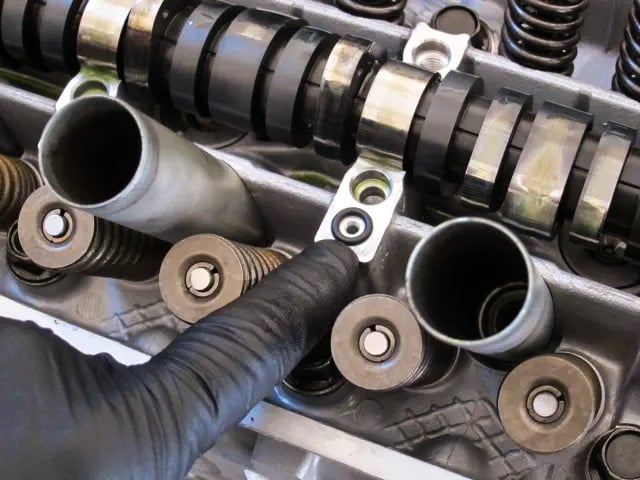
It has to be removed as it doesn’t allow enough oil to get to the head to pressurize it for VTEC activation.
When that’s done, it’s time to install the VTEC head. Obviously, if you want to get the head ported and polished, or go for the upgraded cam and valvetrain, do these things before installing the head.
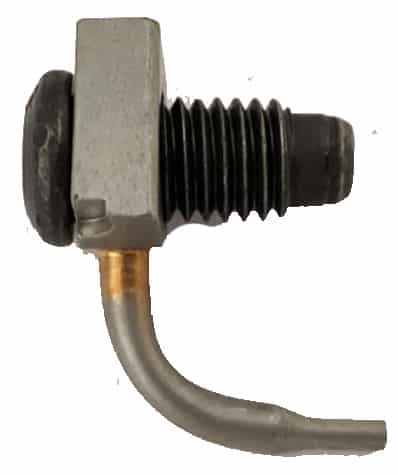
Make sure the new VTEC head gasket is the right way around, and then it’s as simple as putting the new head on the block. Don’t force it onto the block, it should fit without any issues.
Get the Honda manual out again and follow the instructions there when you tighten down the head with a torque wrench — you must get the sequence and torque specs right.
Next up; installing the timing belt. For this, you need to make sure the crank is positioned so that the #1 piston is at TDC (top dead center) and the cam is set at zero.
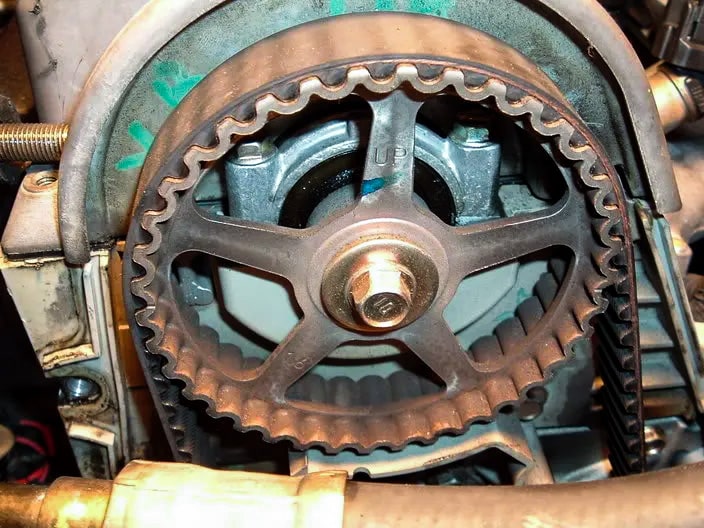
The way to do this is by matching up the line on the timing belt pulley and the arrow on the block to get TDC and lining up the cam gear with the two marks on the timing belt cover for the cam.
You should use the timing belt that goes with the head you’re using, so for the Y8, use a Y8 timing belt, and a Z6 belt with the Z6 head.
Follow the manual’s installation directions, and you should be fine, but do note that it’ll be a tight fit.
If you have a D15 engine block (and possibly some other blocks as well), you’ll notice that the timing is off by half a tooth, so you’ll want that adjustable cam gear.
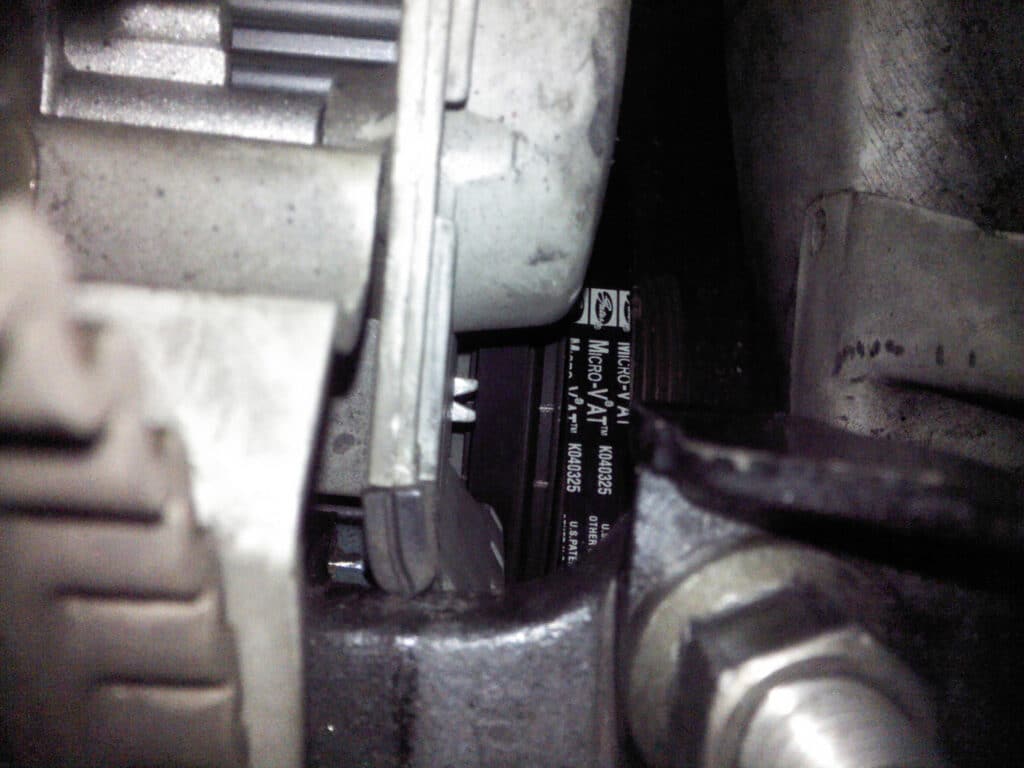
Once the belt is on and properly adjusted, you can install the rest of the parts and whatever bolt-ons you’ve bought.
It’s worth mentioning that when it comes to wiring up VTEC in a non-VTEC motor, the process for 92-00 Civics and Del Sols is fairly straightforward since you can simply use the P28 ECUs for the SOHC VTEC models.
88-91 Civics and CRXs, however, will require a new wiring harness; which one to install depends on what ECU you choose.
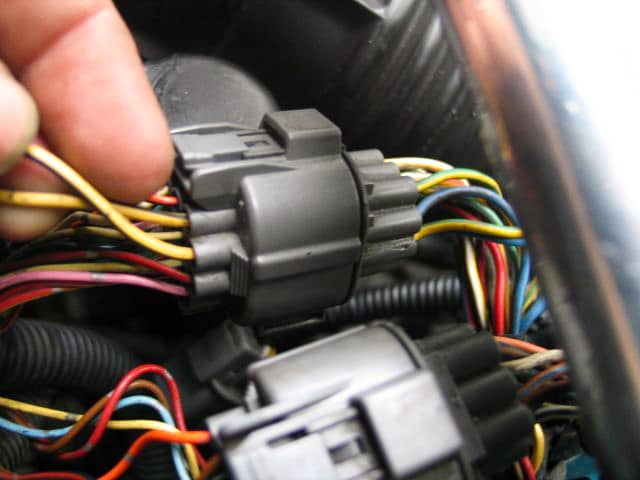
Everything can be bought either from specialists or on eBay, and all the info you need can be found on D-series forums and social media groups.
Keep in mind that certain ECUs will require you to purchase an external VTEC or i-VTEC controller to activate it, such as an Apexi VAFC or Spoon VTEC controller.
How Much Power Can a Mini-Me D-Series Produce?
Congrats! You’ve successfully done a Honda Mini-Me swap. All that’s left is to get it properly tuned, ideally on a Dyno.
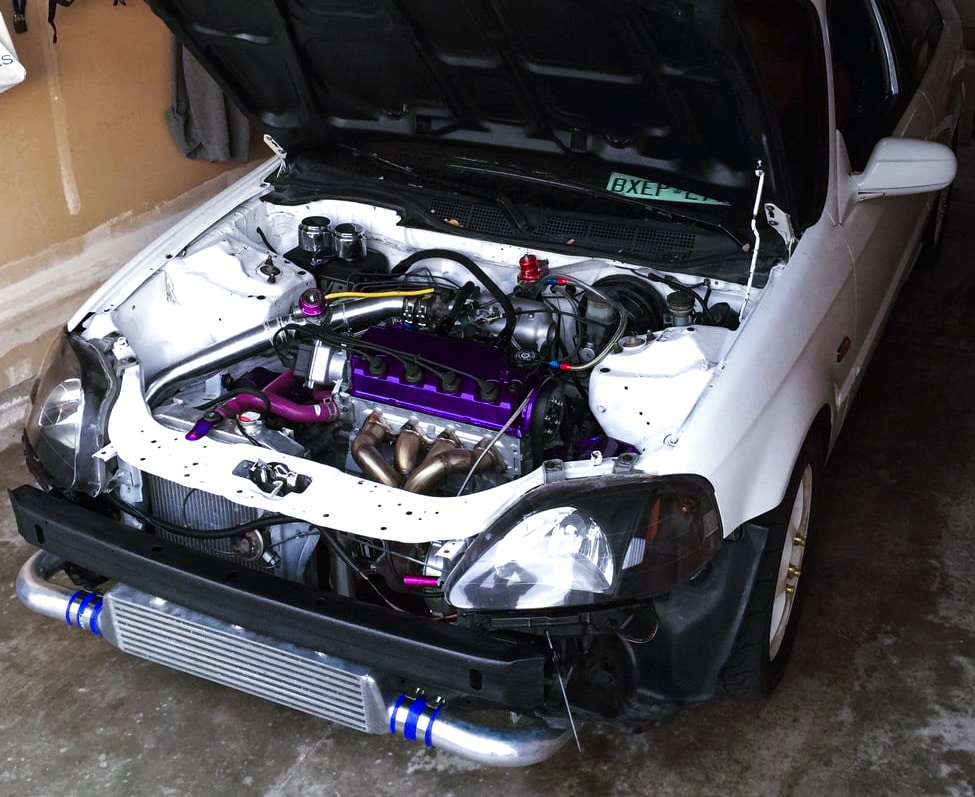
Because there are so many factors to consider, we can’t tell you exactly how much power your built D-series motor will make in naturally aspirated form, but expect anywhere in the ballpark of 120 to 160 whp.
Even though it’s one of the best Honda engines to turbo, it’s a bit pointless to do so since it will only handle 200-220 whp on stock internals.
You can achieve that without a Mini-Me swap; just turbocharge the non-VTEC D-series.
If you use a D15B2 or B7 block with a D16Z6 head, you’ll get a very decent 10.1:1 compression ratio, so it will produce a bit more power than the stock 125 hp D16Z6 which has a 9.2:1 compression ratio.
With so many different D-series engines to choose from and numerous variations between them, it’s possible to mix and match parts to optimize power and performance.
For example, you can swap pistons to change the compression ratio or swap gearboxes to improve acceleration or top speed.
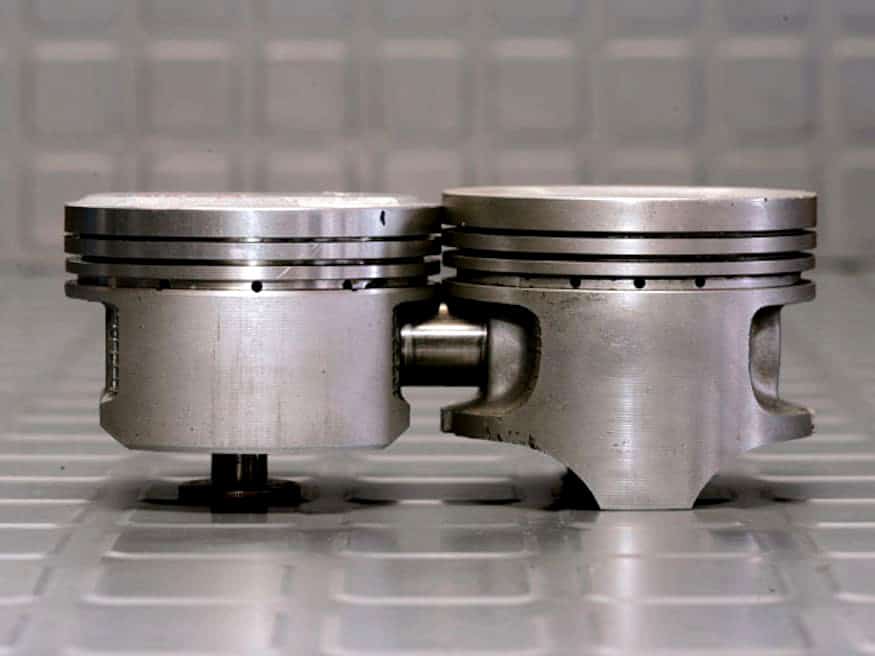
While the Honda D-series engine will never be a serious powerhouse in naturally aspirated form, a few bolt-on parts, and a proper tune will help free up some ponies.
Depending on which parts you install, a Mini-Me swap D16 can produce similar power to a stock B-series unit, which is enough to make it a fun daily driver.
There’s no need to go crazy when buying performance parts for it — you won’t see a return on that investment.
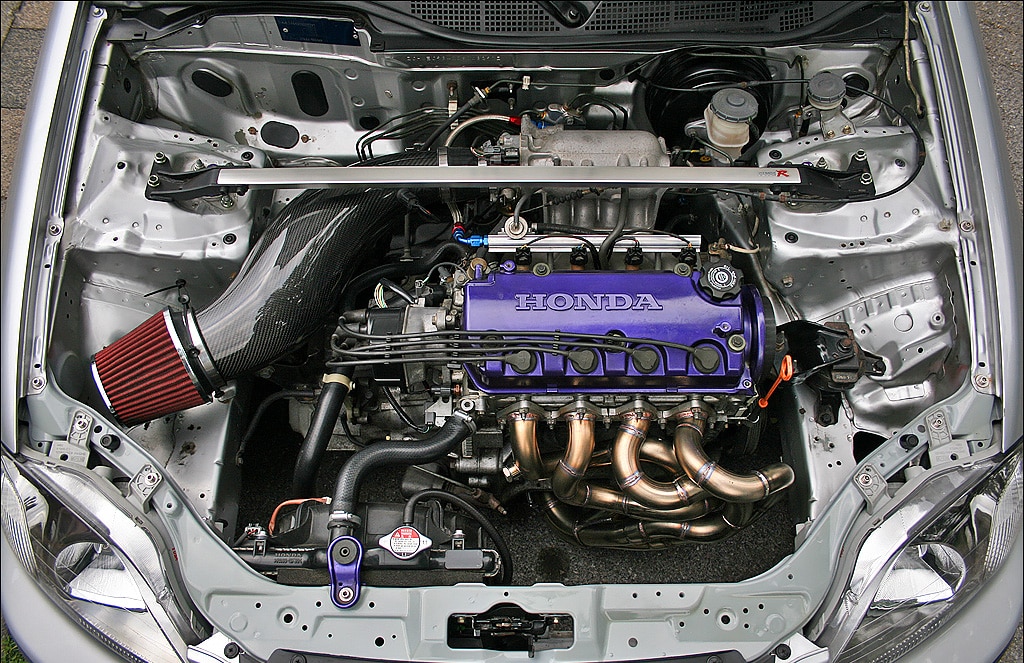
Buy a high-quality short ram or cold air intake, an exhaust manifold or headers, and a cat-back exhaust system to make it breathe easier, which frees up a few hp and gives it a nicer and more aggressive sound.
A larger throttle body, Skunk2 intake manifold, performance cam, new valve springs and retainers, an adjustable cam gear, and a proper tune will bring it to 150+ whp.
Yours truly once built a D14 Mini-Me engine (D13 block and D16Y8 head) that put down 163 whp, using only secondhand bolt-on parts and a Bisimoto cam, proving it’s certainly possible to build a fun Civic on a strict budget.
Completing the build with a good suspension setup, polyurethane bushes, better brakes, and lighter wheels with wider tires results in what’s pretty much the epitome of a slow car that’s fun to drive fast.
Is a Mini-Me D-Series Motor Worth It?
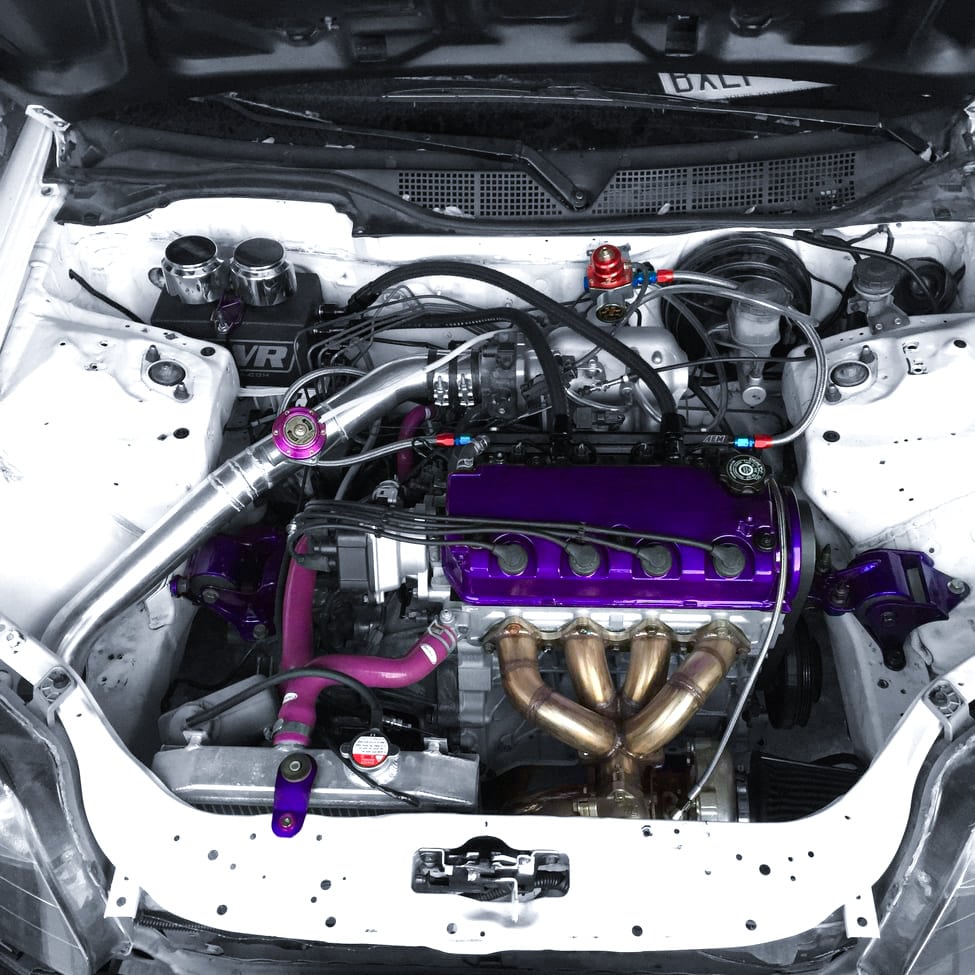
So, are Mini-Me swaps worth the time and effort? Are you better off just sticking with the engine you already have? Does a full D16Z6 or D16Y8 engine swap make more sense?
There are a few things to consider before doing a Mini-Me swap. The first one is the price. Usually, a D-series VTEC head can be picked up relatively cheap — at least cheaper than a complete engine.
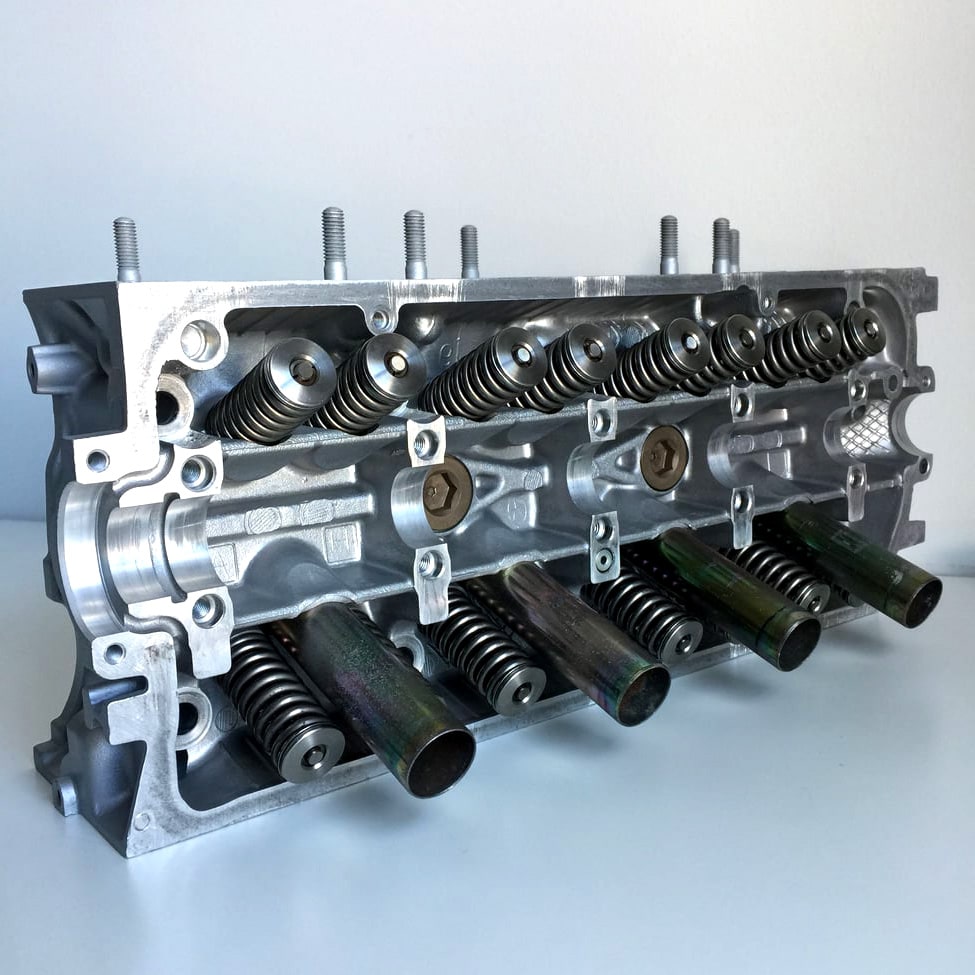
Even after factoring in the additional parts needed, you’ll still save money on a Mini-Me swap compared to replacing the entire engine.
The only time we’d go with a complete engine swap is if you find an engine in exceptional condition, or it has very low mileage, as it will most likely offer better reliability.
Other than that, it’s not worth it, and you’d probably be better off saving your money. That or going all in on a K20 swap since it powered the FD2 Type R and is one of the greatest Honda engines to build. Any K-series motor for that matter.
A Mini-Me conversion usually packs a harder punch than a stock VTEC D-series as well, so if you want more power at a lower price, it’s certainly the way to go.
Concluding Thoughts
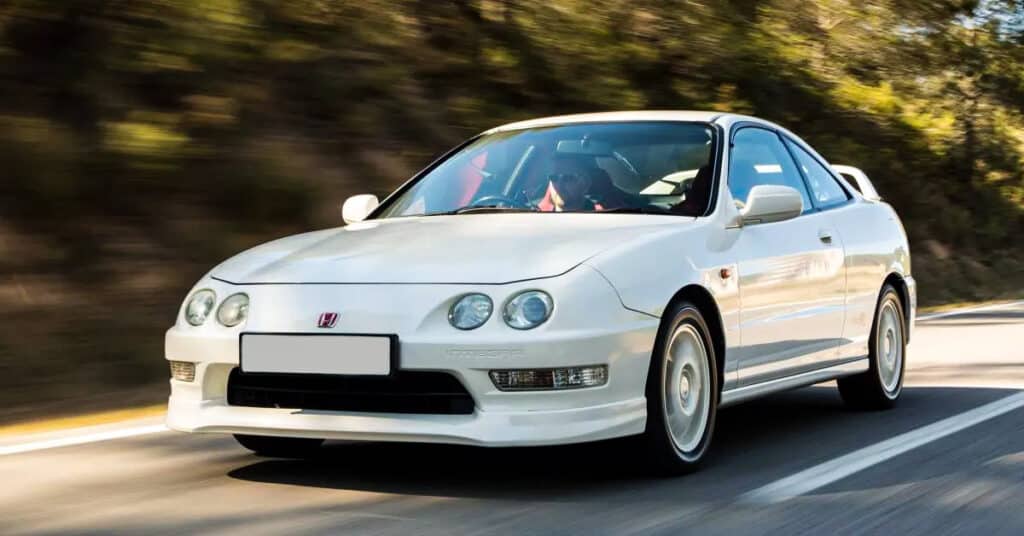
Building a Honda Frankenstein motor like this isn’t for everyone, but if you’re up to the task and not looking for a ton of power, we’d say it’s worth it.
Mini-Me swaps are popular as they offer a decent performance upgrade by adding VTEC at a relatively affordable price, and it can be done on a weekend.
With some additional performance parts, you’ll have a peppy little car that can keep up with a stock, or even lightly tuned B16 engine, and that’s certainly nothing to sneeze at.
What’s your favorite Frankenstein motor? Let us know by leaving a comment below!
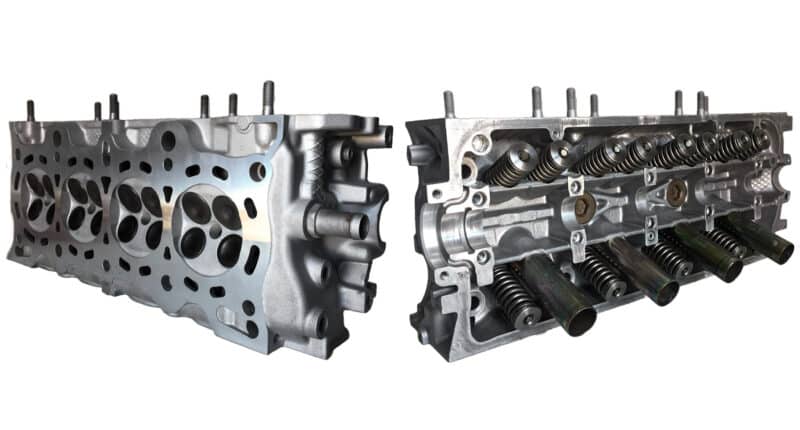

1 comment
I picked up a D16Z6 Head for $75 at junkyard. Also got a genuine Honda Z6 Dizzy, intake and TB, wire harness, etc for pretty cheap ($330 total but selling TB, intake, exhaust, and IACV for $200 hopefully).
Hoping to do a mini me swap very cheaply but I will need the head to be rebuilt first. Can’t wait to give it a try.